If nothing else, Mayor Paul Young’s first budget request was an exercise in hutzpah, but his presentation after 100 days in office had much that was long overdue to be said – Memphis can’t be a great city limping toward the future with underfunded city services, spending too little on improving core neighborhoods and the lives of their residents, and meeting public expectations with budgets that are police and fire services poor.
That doesn’t mean that his boldness in presenting a budget that doesn’t fit into the normal “we fund this budget with a tax increase,” “it’s a balanced budget,” and “we have improved efficiency” pattern will get him the 75-cent property tax increase he wants, but it was time to raise a red flag that status quo city budgets cannot produce the city that the public says it wants.
Most mayors would agree that small, incremental tax increases are the best way to make sure revenue is keeping pace with expenditures because they cause less angst and outrage while allowing taxpayers to anticipate what’s coming and factor it in their personal budget planning. But when you don’t follow that kind of thinking, you end up with an underfunded budget like the one dumped into Mayor Young’s lap by his predecessor.
Actually, Mayor Young presented three budgetary options – one that offers the status quo, a middle ground budget with $26 million in new spending funded by a 50-cent tax increase, and the mayor’s preferred budget whose 75-cent tax increase would pay for increased litter pickup and cleaner streets, $5 million in new funding for Memphis Area Transit Authority, $5 million for parks programming and youth initiatives, and $2 million for early childhood care.
If there were betting odds, the 75-cent option would be considered a definite long shot.
Ushering In A New Day
The mayor’s presentation with its supporting slides was the best of its kind. It was visually appealing in a visual age and included enough charts and graphs to satisfy most data nerds – at least until the complete comprehensive budget document is posted to the city website.
Mr. Young’s budget presentation was heavy on information on the Capital Improvements Project budget and light on information about the operating budget which is the primary driver of the tax rate. It was a strange emphasis. Rather than spending the same amount of time talking about the operating budget, he relied on slides marketing his talking points instead of more general fund details.
Many of us were surprised in recent years that City Council budget hearings were a non-event with few hard questions by Council members who seemed to go along to get along by agreeing to budget proposals that would have benefited from more direct input and honest skepticism. It was as if the operating principle was to not rock the boat as long as it keeps their politics from springing leaks.
Clearly, things will be different this year. No longer able to hide in the “feel good” shadows of the Strickland Administration’s budgets, Council members can be expected to dig deep into this year’s proposed budget and challenge the assumptions and expectations built into it. A first task will be to understand exactly the process that led to the proposed budget in front of them – does city government still engage in zero-based budgeting, what exactly was the baseline, did ARPA federal funding drive up the baseline being used, how was it determined that revenues for city government would be down by $18 million, how accurate have revenue and expenditures projections been over the past decade, and other contextual questions.
After all, that is the Council’s job and while some of this year’s hearings may be bruising, it is a necessary function of government.
Pressure on Citizens’ Budgets
In the end, it will require a yeoman’s effort to convince Council members to cast a yes vote for the highest property tax rate in 42 years when it was $3.67. That said, it was only two cents lower than the $3.45 requested by the mayor in FY 2006 to FY2008 and five cents lower in FY14 to FY16.
In the past 25 years, the Memphis property tax has been less than $3.11 only twice until the recent reappraisal brought it down to $2.701640. That was the lowest the tax rate since 1992 although many property owners received higher tax bills because of increased house assessments.
It’s those higher bills that convince some members of the public and city and county governments are swimming in money. That’s despite the state law that says post-reappraisal, local governments cannot have a windfall. The tax rate must be lowered so that it brings in the same amount of revenues as before reappraisal, and that tax rate has to be voted on. Only then can local government add pennies to the tax rate.
Government officials develop budgets in their respective cocoons. City officials focus on city budgets and county officials focus on county budgets, and it’s why citizens often feel that their realities don’t factor in.
That’s why many citizens wonder who’s speaking for them. When you add a potentially higher tax bill following reappraisal, the $25 increase in the wheel tax by county government, a 12% in the MLGW rate approved by City Council, and 19.8% inflation in the past five years, it’s easy to understand the default opposition to a City of Memphis tax increase.
Speaking of inflation, it is always a financial officer’s “go to” talking point in a budget presentation. They wrote in the mayor’s presentation that the Memphis property tax rate has not risen since 2012 and as a result, city revenues have not kept pace with inflation. However, in the past 10 years, it appears that revenues have actually tracked the inflation rate and there is no significant gap in revenues. The increase in revenues between FY2014 and FY2024 show an increase of 30%. Meanwhile, the authorized complement of City of Memphis employees over that same period of time increased by 751 people.
Palpable Outrage
That’s why the tone of the upcoming City Council budget hearings may resemble an autopsy as members move beyond the body of the budget proposal to what brought it to this critical point.
That is imperative this time around because the outrage from the public is palpable. They are demanding answers although many of them are unrealistic or display a basic lack of understanding about city services and how they are funded.
Leading the outcry was the predictable opposition from the Greater Memphis Chamber. They can always be counted for a statement about the “chilling effect” of a higher tax before even reviewing the finer details of the budget. They trotted out their customary comment about damage to all of the billions of dollars of new projects in the pipeline, ignoring the fact that we never actually get a tally of wins and losses for these billions and if we attract these companies, the Chamber will recommend them to get a PILOT so they’re unlikely to pay their fair share of taxes for years.
The Young Administration and now the Memphis City Council face tough choices. Along the way, it has to convey how difficult these choices while citizens have their own recommendations. There are cities where budgets have been put online and the public is asked to determine what funding should be, if some services are to be cut, and if taxes go up or down. It is easy to say city government is “too fat,” has too many people, and is inefficient, but when given a draft budget and told to decide where to reduce costs, taxpayers get a better understanding of the trade-offs that have to be made and the services that are likely to be eliminated to reduce taxes.
Math, Not Management
The public has no appetite to reduce funding for police or fire services and they account for about two-thirds of all property taxes. The one-third that’s remains leaves small slivers of funding for most other city services like parks, libraries, community centers, public works, and youth programs, In truth, all of these services are also crimefighting programs and deserve more funding to maximize their impact.
Also, in the coming days, there will be a blizzard of complaints comparing Memphis to Nashville: why can’t Memphis had a lower tax rate like that consolidated government.
Yes, the difference is drastic. Nashville’s property tax rate for a consolidated government is $3.254. Memphis and Shelby County’s cumulative property tax rate is $6.09.
But, here’s the thing: the difference in the tax rates isn’t management. It’s math.
One data point says it all – the difference between home values:
* $139,600 – median value of owner-occupied housing in Memphis
* $351,400 – median value of owner-occupied housing in Nashville
As a result of home values alone, the property tax rate in Nashville produces $609 million from its lower property tax rate than Memphis and Shelby County property taxes combined.
Hopefully, with the help of the Young Administration and the Memphis City Council, budget hearings this year can be more light than heat, resulting in a broader understanding by the public of the financial challenges faced by City of Memphis in meeting the needs of a city with intractable challenges.
Responsibilities All Around
The City of Memphis budget is more than dollars and cents, more than numbers and endless line items, and revenues and expenditures. It is a reflection of city government’s values and principles.
It is now up to the Young Administration and every Council member to develop in good faith a responsive and responsible budget. But each citizen of Memphis also has a responsibility: to get engaged, read Mayor Young’s presentation and his proposed budget document, listen calmly to the arguments for and against special services and funding, and take this opportunity get a fuller and deeper understanding of the government and the services they are paying for.
**
Join us at the Smart City Memphis Facebook page and on Instagram where these blog posts are published along with occasional articles, reports, and commentaries that are relevant to Memphis.

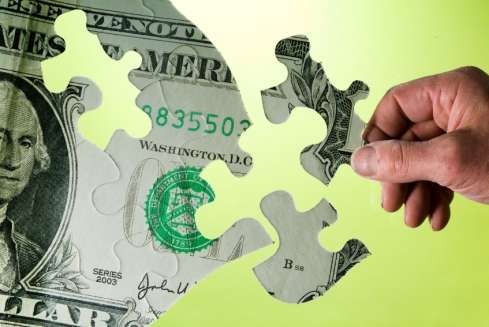

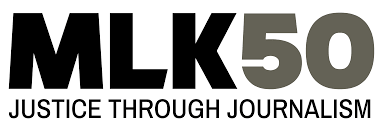
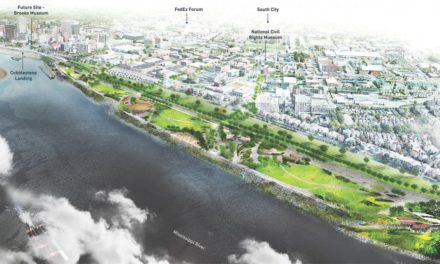
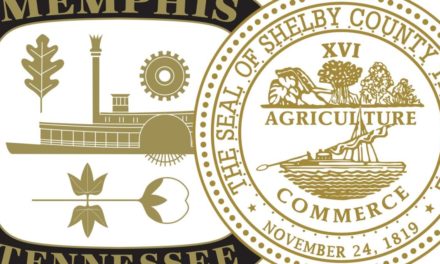
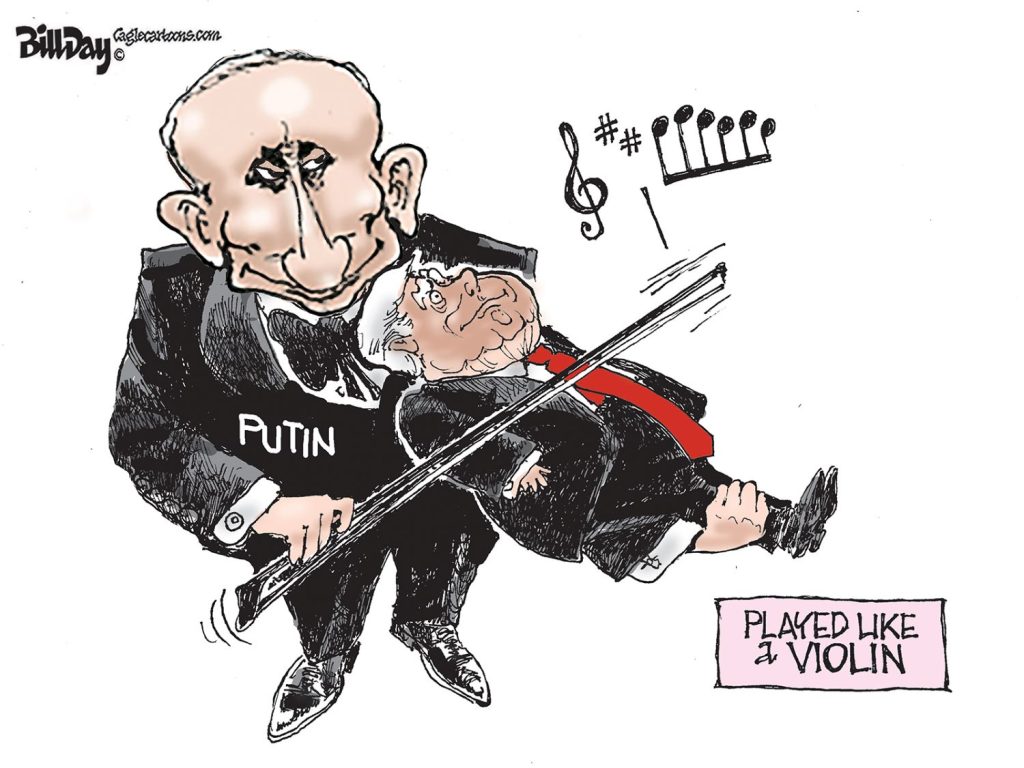
Great reporting, Tom. Small detail question here – where did you find mention of the $8M increase for MATA?
Thanks for asking. It should be $5 million. I’ve made the change. Appreciate it.